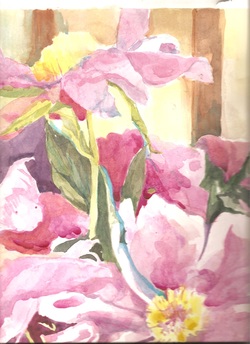
So let's think of how to make a real smasher of this painting. One thing I often do before starting work on something like this is to take a photograph or scan the painting. This way it isn't a total loss if the 'fix' isn't a 'fix'.
There is a good demo on utube from Birgit OConnor. She works by looking carefully at the painting and assesses it for value, balance, composition and color. Is there anything that can be added or should be diminished to help the work? A second step then would be to do this assessment on yours. It might help to turn the painting or view it in a mirror.
If you are uncertain where the values belong you might try making a quick black/white sketch or where you're going. You may also try making a color map to help you move ahead. A good strategy is to paint a swab on a piece of paper and hold it over the painting where you might add color.
Finally, paint. Remember is a part of the painting is too dark, you may be able to lift some of the paint from the paper. Or there may be an even darker value that you can add to the painting that will make the offending part less dark by comparison. You can add goauche or acrylic. Glazing works well for watercolor and acrylic. Pastel can be picked up from the surface and more added.
Don't be afraid - just play with it!
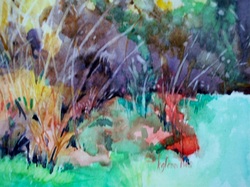
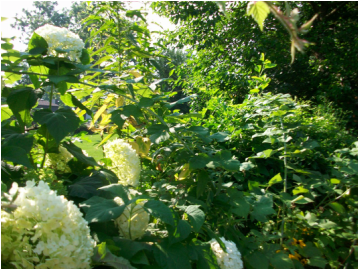
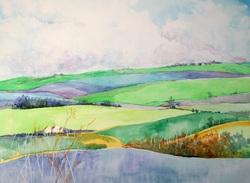
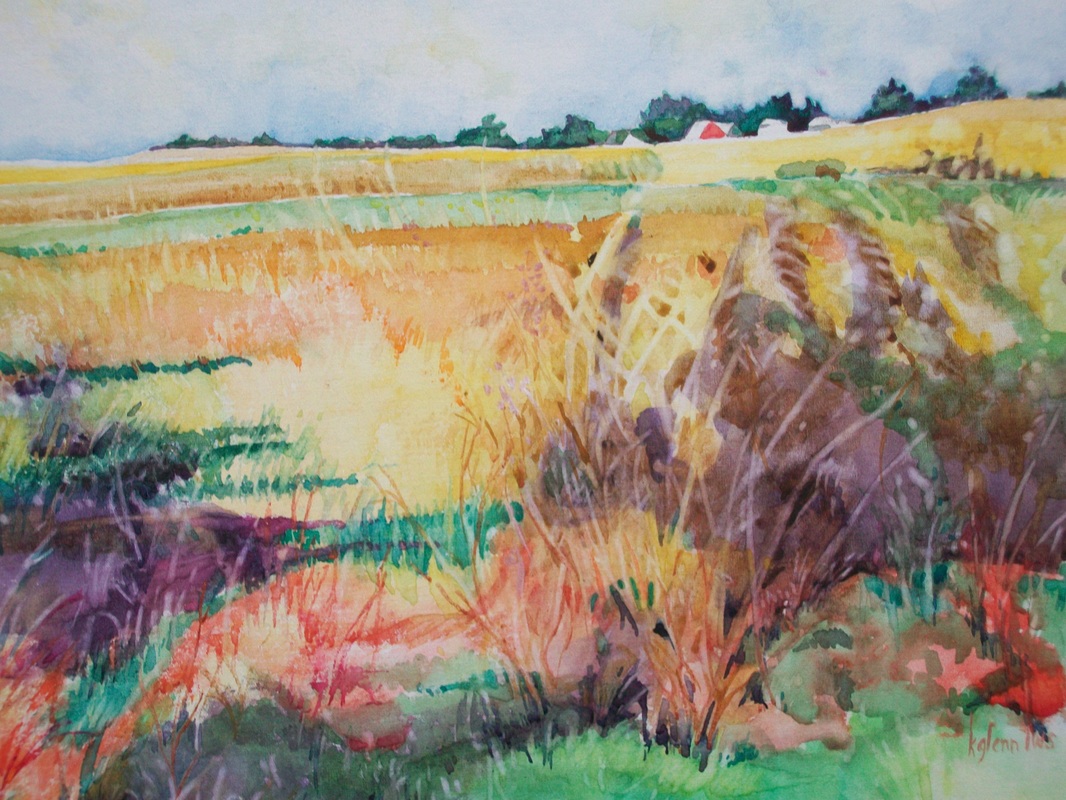
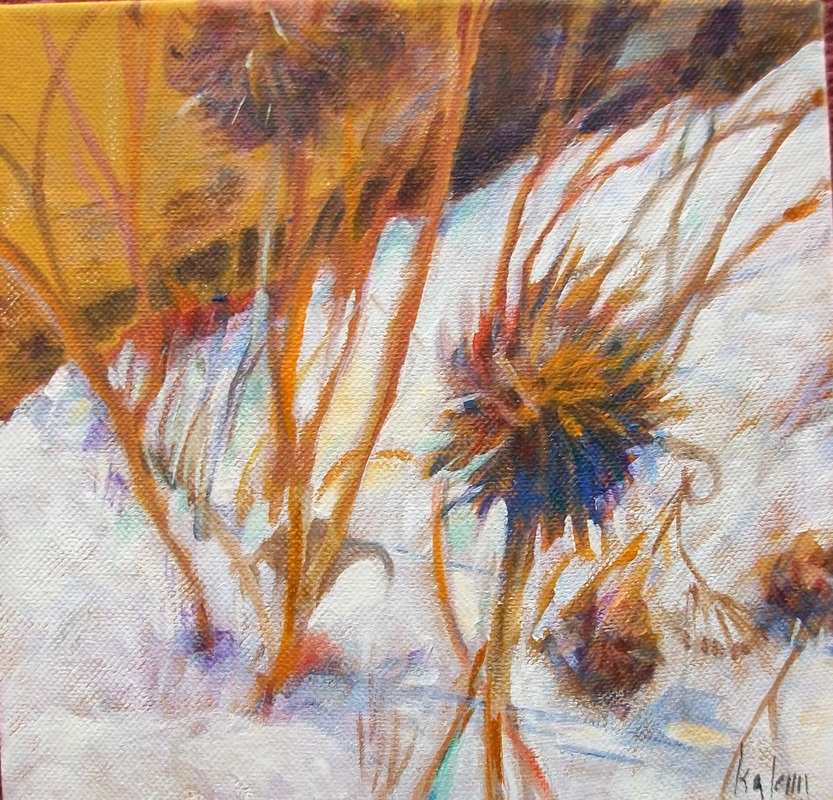
 RSS Feed
RSS Feed